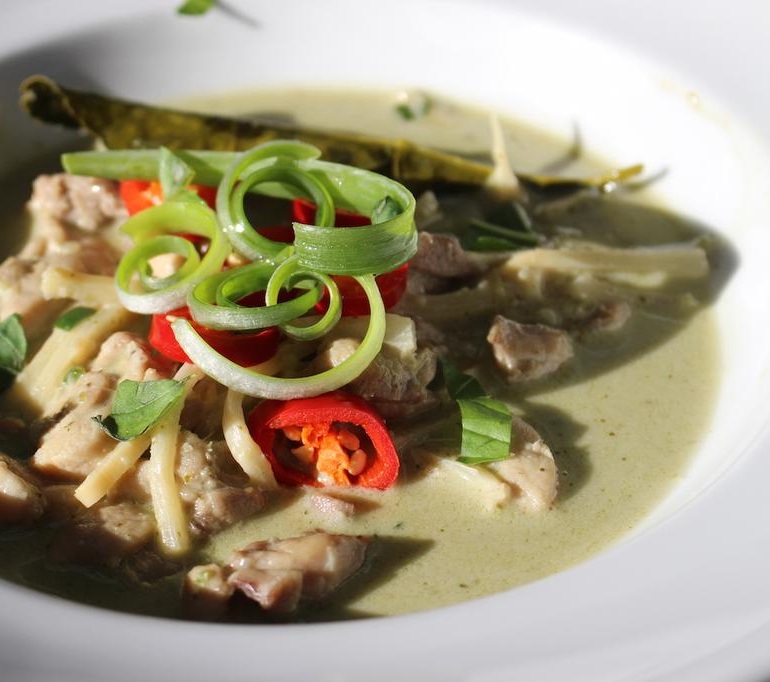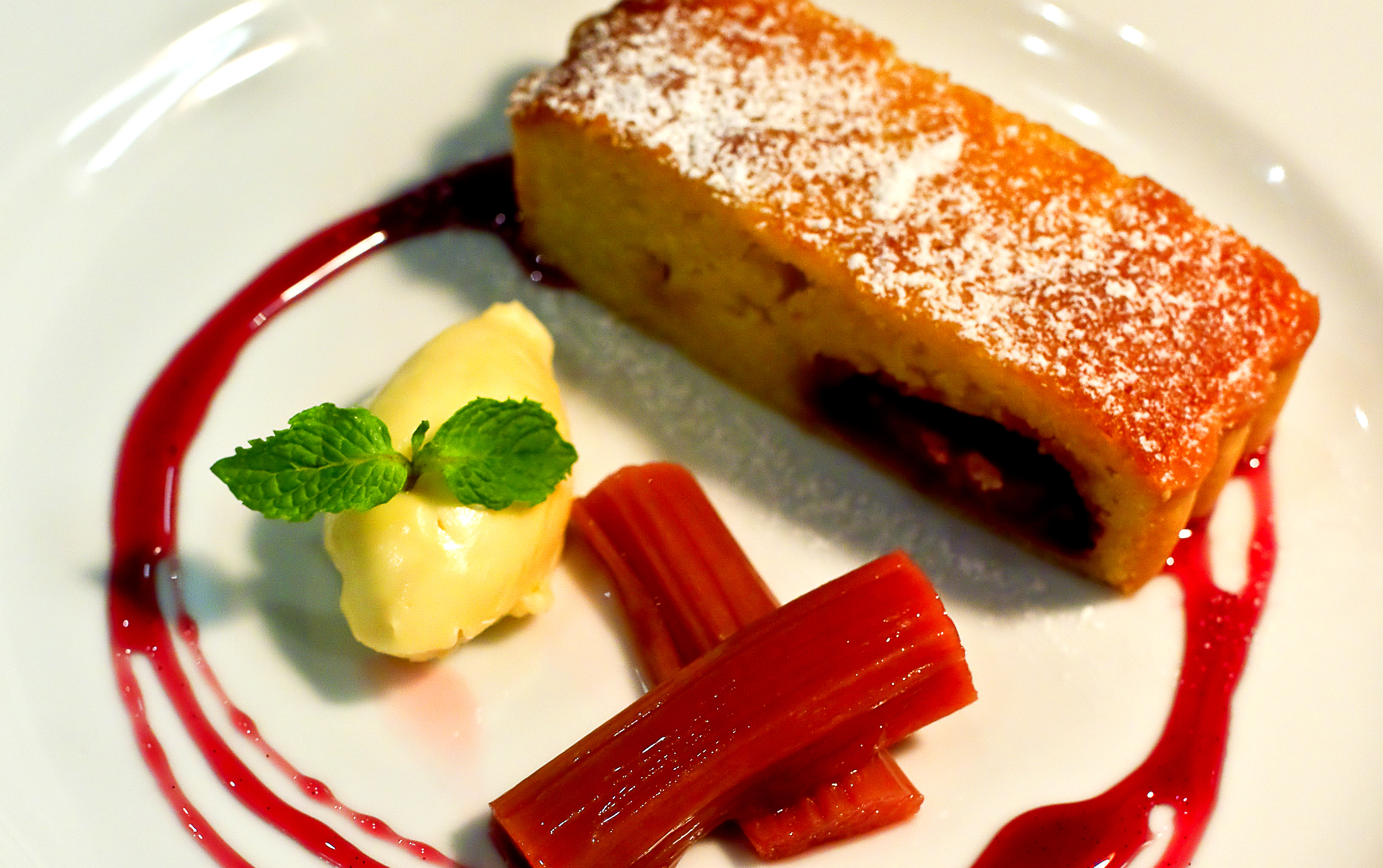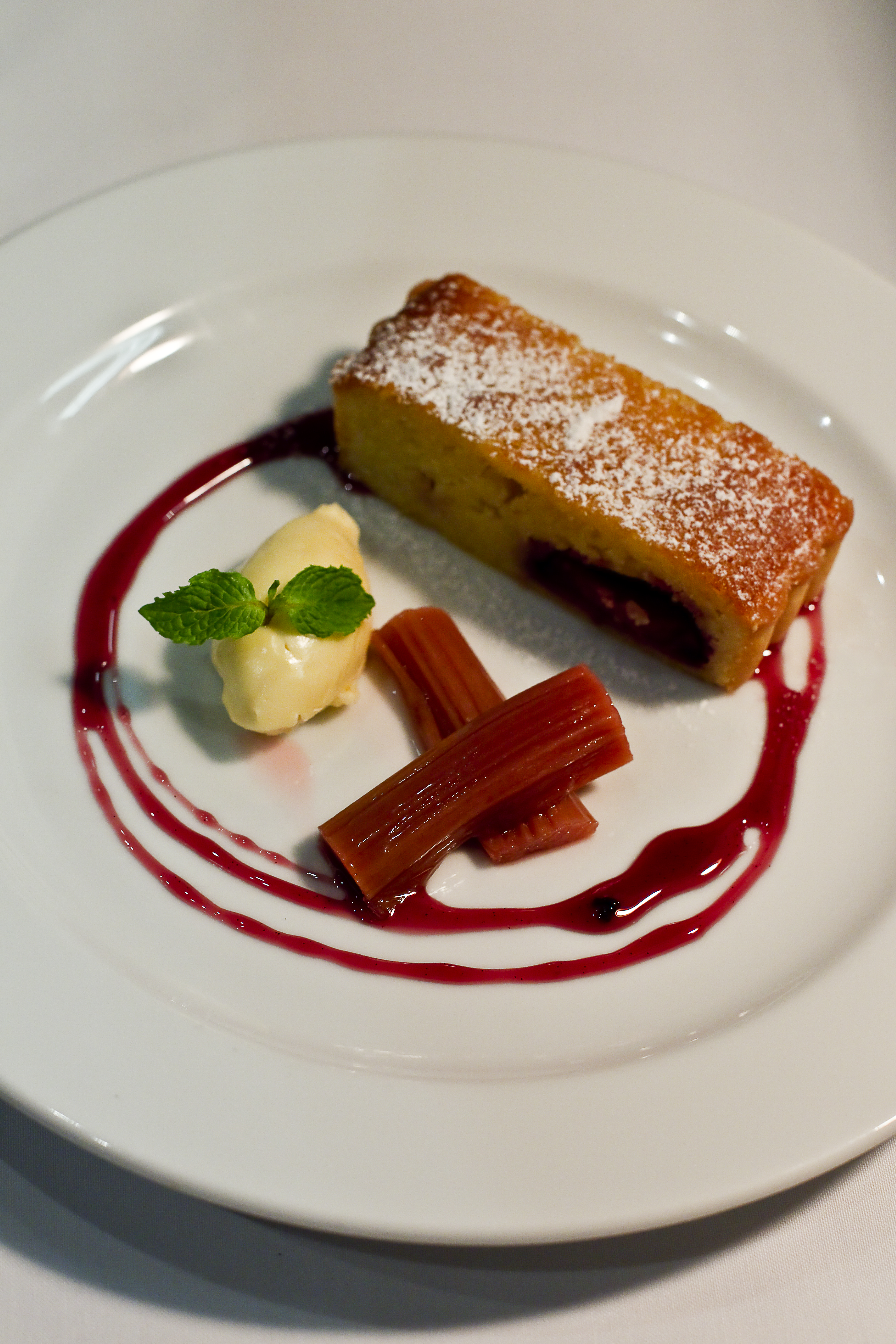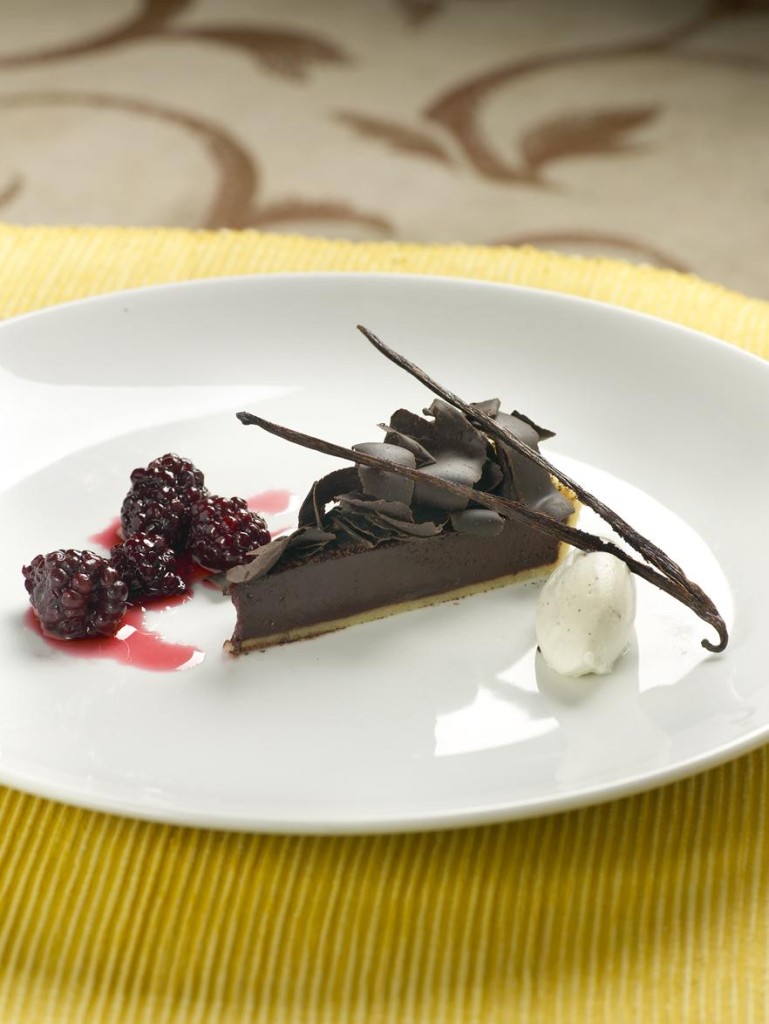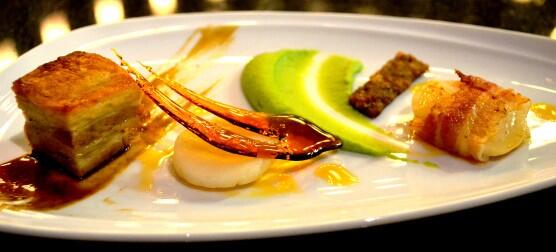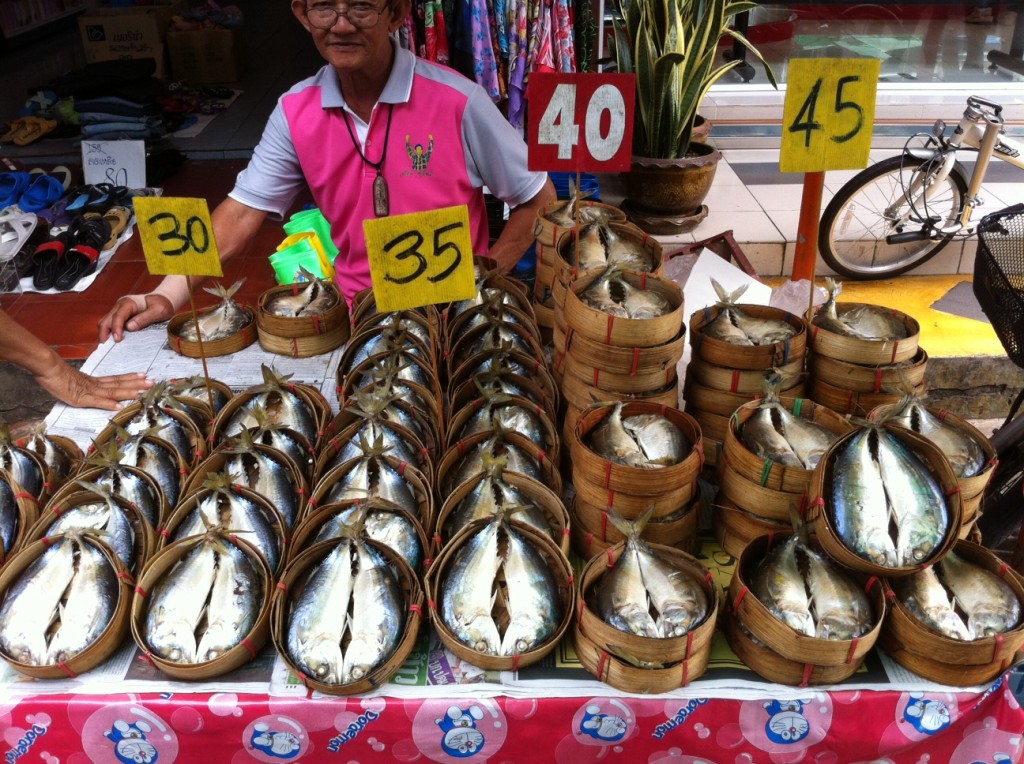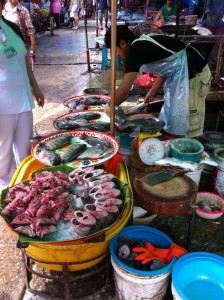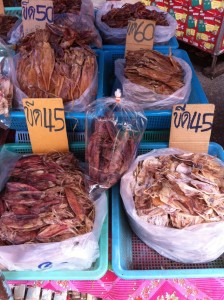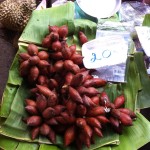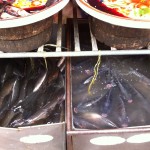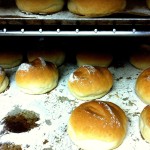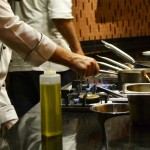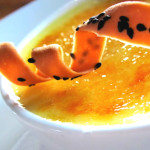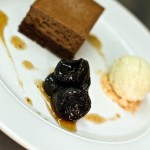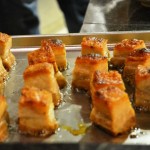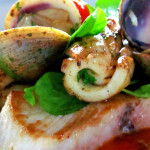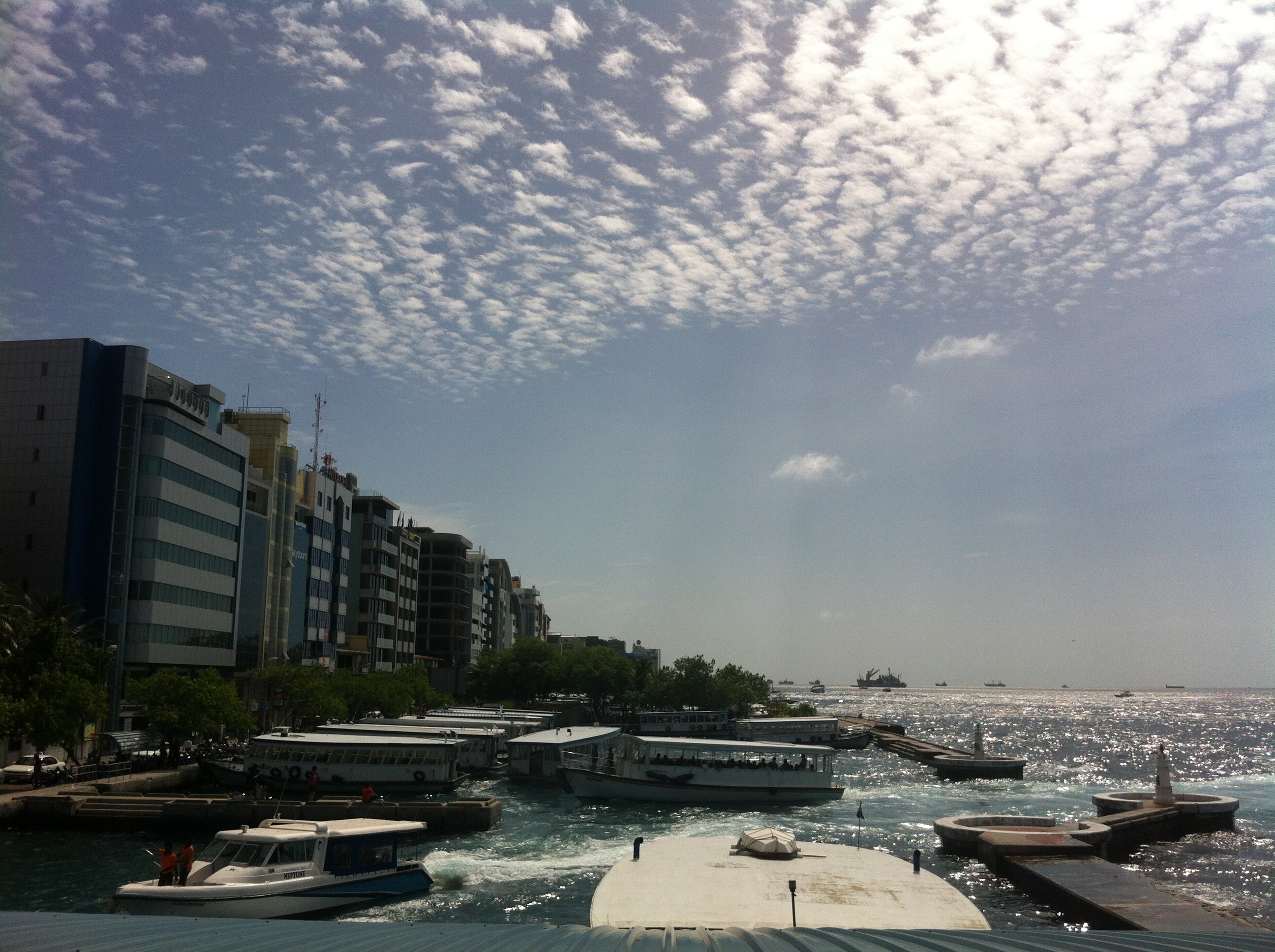Having decided we needed a break from work and the little island we call home, we decided to take a trip for a few days and go stay at an inhabited island to also get a taste of the ‘real’ Maldives. About 90 minutes ferry ride from the capital Male, Maafushi is an inhabited island with a population of about 1,200. There are over 15 guest houses and boutique hotels on the island and seems to be a popular spot for a bit more of a ‘budget’ Maldives experience with average room prices from $25 to $150.  Just for your information a normal price for a hotel room in a Maldives resort is in the 600-1,000$US a night range! Beaches are nice enough with the best spots on the left and far side of the island opposite the jetty (North East). The other side houses the prison and the beaches there are non existant and full of floating and beached rubbish. Quite shocking the amount of pollution and rubbish management in this country really, but that’s for another post…
Just for your information a normal price for a hotel room in a Maldives resort is in the 600-1,000$US a night range! Beaches are nice enough with the best spots on the left and far side of the island opposite the jetty (North East). The other side houses the prison and the beaches there are non existant and full of floating and beached rubbish. Quite shocking the amount of pollution and rubbish management in this country really, but that’s for another post…
 I had a look on google for places to eat while on the island but couldn’t really find any decent information so decided to write this post. The island consists mostly of tourist shops selling wooden trinkets and souvenirs and guest houses or boutique hotels. There are also a couple of small stalls on the beach selling things like drinking coconuts for 3 times the price you pay in Male and a few mini mart type places selling basic groceries of the tinned
I had a look on google for places to eat while on the island but couldn’t really find any decent information so decided to write this post. The island consists mostly of tourist shops selling wooden trinkets and souvenirs and guest houses or boutique hotels. There are also a couple of small stalls on the beach selling things like drinking coconuts for 3 times the price you pay in Male and a few mini mart type places selling basic groceries of the tinned  variety and maybe a little bit of fruit. Self catering options don’t seem to really exist; the guest houses rely on the income from food revenue and even if you did have kitchen facilities the available food variety isn’t great and probably not to non-local tastes. I couldn’t find any take-away joints so dining at a guest house/hotel seems the only option. An average price for a main course should be between 45 and 75MVR which is between 3 and 5$US.
variety and maybe a little bit of fruit. Self catering options don’t seem to really exist; the guest houses rely on the income from food revenue and even if you did have kitchen facilities the available food variety isn’t great and probably not to non-local tastes. I couldn’t find any take-away joints so dining at a guest house/hotel seems the only option. An average price for a main course should be between 45 and 75MVR which is between 3 and 5$US.
I have put together some information of all the places we went to during our stay so as to help any future visitors to the island avoid the tourist traps.
Day 1
Dinner: Kaani Beach Hotel (North West by the beach side main road)

Kaani Beach Hotel, nice rooms bad restaurant
The hotel itself is quite nice. We had a beach view room and the rooms were clean with a decent balcony. Staff were friendly but are in desperate need to training unfortunately. Despite my reservations of using the hotel’s restaurant we were tired and thought why not, it won’t be too bad..? Yeah wrong. Drinks order took 25mins to deliver some of the drinks and 35mins to deliver the rest (a coke?!). Was an hour wait for some fried chicken and chips and a minute steak with chips and salad. Also ordered a Shepherds pie. After all, we thought yeah we’ll order something nice and simple looking forward to a homely simple meal. This special dish beat my already lowered expectations. Apparently Shepherds pie consists of some mixed vegetables in a mystery white sauce topped with some glue like bread. BIZZARE. So strange I checked to make sure this was actually the Shepherds pie, apparently it is. I really wished I had taken a picture of this dish as it is actually the worst thing I have ever been served in a restaurant in my life. This was right after they tried to bring us another dish we hadn’t ordered. All this and there was 3 tables in the place with maybe 8 diners in total. Shocking. And at the end it was about 40$US which is at the upper end and quite expensive (about half a week’s wages in this country).
Day 2
Breakfast: Kaani beach hotel
Being the sucker for punishment that I am and having been unable to google anywhere else for breakfast the night before, decided to have our included breakfast at the hotel. Yet again I had low expectations, considerably lowered since our experiences of the night before but were still a little surprised. Juice from a powder sachet, corn flakes, cold lentil curry, warm room temp milk, baby corn in ketchup, grated coconut, chapati, and the highlight: chopped papaya. To be fair the coffee was nice and hot even if it was instant and they offered to cook us eggs. Which took about half an hour (yet again only about 3 tables in the place) and they managed to break and over cook the yolk yet under cook the white, even sous vide this is quite hard. Now if this was a $15 buck a night hostel then well that’s what you might expect but our bill for our room was about $110US a night so it would normally be safe to assume something half decent.
Lunch: Rehendi Restaurant (Next to Kaani Beach Hotel)

Viet Cong Punji Stick Burger

Rehendi Restaurant
This place was right next door to our hotel and I had hopes of maybe a half decent burger of some description. The food here was pretty average and priced also about average. Not a bad place. Although it took an age. This seems to be the common theme with places here, it took half an hour for a bottle of water. Now I have lived and worked in islands before and thought I had realistic expectations. But half an hour for a bottle of water when we are the only people in the place?? Come on…! When I went to enquire I was told “coming”. Now it’s a bottle of water, what’s coming? The water bottle delivery? Really not sure what was going on there. This place is also the home of what I call the “Viet Cong Burger”. The food arrived and was ok, the burger was about what I expected and came with fries and about 1tbspn of coleslaw. I thought, hey lets put the slaw in my burger, I open it up and see a submerged toothpick inside ready to impale my lip or mouth much like a booby trap back in ‘Nam! I counted myself lucky… I had flash backs of Tom Berenger in Platoon yelling at me to “Take the PAIN!!!”
Dinner: Venturo Restaurant (about half way along the main inland road)
 Having gone for a bit of a wander during the day we found this place on the main drag. When we first walked in there were three guys playing cards which gave the impression we had walked into somewhere we shouldn’t have! A little bit like the Russian roulette scene from The Deer Hunter… But yes it was the restaurant and we were sat upstairs. We ordered a couple of pastas; macaroni and a bolognaise. Which turned out to be farfelle and fusili, both coming in a canned vegetarian tomato sauce. Not what I ordered but the pasta was actually cooked perfectly el dente and it was hot and came out in about 25mins, so very acceptable especially in the scheme of things! Down side here was that the food was more than twice the price of the other places we had been to with the exception of Kaani Beach Hotel.
Having gone for a bit of a wander during the day we found this place on the main drag. When we first walked in there were three guys playing cards which gave the impression we had walked into somewhere we shouldn’t have! A little bit like the Russian roulette scene from The Deer Hunter… But yes it was the restaurant and we were sat upstairs. We ordered a couple of pastas; macaroni and a bolognaise. Which turned out to be farfelle and fusili, both coming in a canned vegetarian tomato sauce. Not what I ordered but the pasta was actually cooked perfectly el dente and it was hot and came out in about 25mins, so very acceptable especially in the scheme of things! Down side here was that the food was more than twice the price of the other places we had been to with the exception of Kaani Beach Hotel.
Day 3
Breakfast: Kaani Beach Hotel
Back here again for breakfast… dear oh dear. Moderately better than before. Pretty much the same except instead of lentil curry and baby corn in ketchup there was sliced processed frankfurters in ketchup and baked beans. I was grateful for baked beans. We ordered eggs again. A solitary boiled egg, cold in the middle and a fried egg, this time so raw that it was possible to see through the top half into the bottom half. I asked for it to be quickly flipped over please. 20mins of waiting later fuck this I’m outa here.
Lunch: Leisure Boutique Hotel (green building about half way between Kaani Beach and the Jetty)

This was a place on the main beach side road. Really friendly staff and looked like it was a husband/wife running the place. Had a decent fried rice and fried noodle. They also do Shisha for 5$US. A bit on the pricey side being more than Venturo Restaurant but better quality and sitting outside in the garden eating was nice.
Dinner:White Shell Beach Inn (North side of the island, beach side)
 Now I thought ok, there has to be somewhere half decent round here and spotted this place. For 100MVR (about 6.50$US) you could get a whole chicken and if we had of been staying longer I would have come back. We ordered the grilled chicken meal for two which came with a decent amount of coleslaw and rosshi (chapati) and at 150MVR was really good value and a very simple but really enjoyable meal. Was all out within about 25mins too which was great. Yay!
Now I thought ok, there has to be somewhere half decent round here and spotted this place. For 100MVR (about 6.50$US) you could get a whole chicken and if we had of been staying longer I would have come back. We ordered the grilled chicken meal for two which came with a decent amount of coleslaw and rosshi (chapati) and at 150MVR was really good value and a very simple but really enjoyable meal. Was all out within about 25mins too which was great. Yay!
